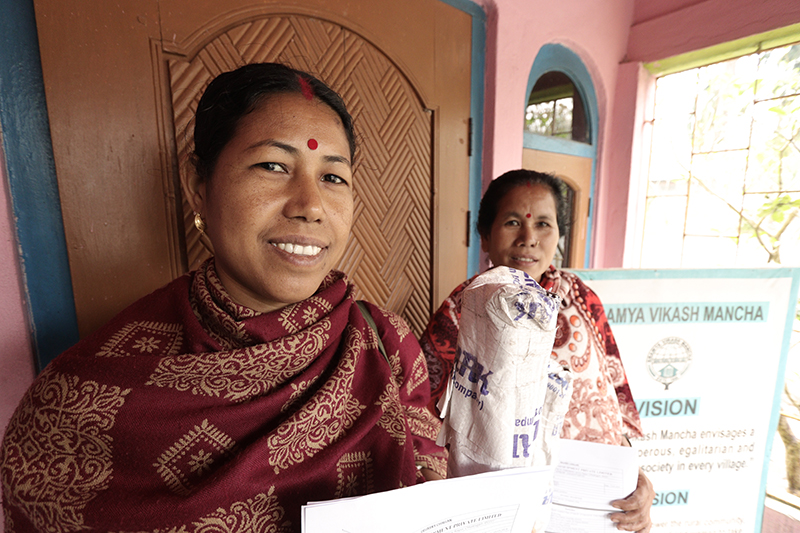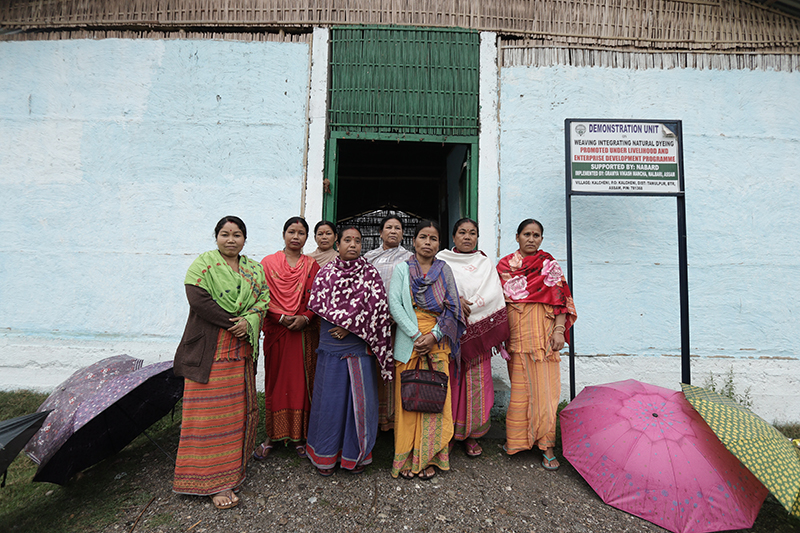
Agriculture
Kindly click here and here to access the CSE report titled State of Biofertilizers and Organic Fertilizers in India (released in April 2022). Please click here and here to access the key findings of the report titled Tenant Farmers Study Report for Andhra Pradesh: Implementation of Crop Cultivator Rights Act, Inclusion in Rythu Bharosa &…
Read More
Financial Inclusion
The key findings of the NSS 68th Round report entitled: Household Consumer Expenditure across Socio-Economic Groups 2011-12 (published in February 2015) (please click here to access) are: Average Monthly per Capita Consumption Expenditure (MPCE) across Socio-Economic Groups Distribution of MPCE Pattern of Consumption: Variation across Socio-Economic Groups Trends in MPCE differences among social groups
Read More
Collective Enterprise
The National Statistical Office (NSO), Ministry of Statistics and Programme Implementation conducted the latest survey on All India Debt and Investment Survey during the period January – December, 2019 as a part of 77th round of National Sample Survey (NSS). Prior to this the survey was carried out in NSS 26th round (1971-72), 37th round (1981-82), 48th…
Read More
Agriculture
The key findings of the report titled Sustainable Agriculture in India 2021: What We Know and How to Scale Up (released in April 2021), produced by Council on Energy, Environment and Water (CEEW) and Food and Land Use Coalition (FOLU), are as follows (please click here and here to access): • This study, in collaboration with the Food and Land Use…
Read More
The key findings of the NSS 68th Round report entitled: Household Consumer Expenditure across Socio-Economic Groups 2011-12 (published in February 2015) (please click here to access) are: Average Monthly per Capita Consumption Expenditure (MPCE) across Socio-Economic Groups • In rural India, the average MPCE was Rs.1122 for ST, Rs. 1252 for SC and Rs. 1439 for OBC. In urban…
Read More
The National Sample Survey Office (NSSO), Ministry of Statistics and Programme Implementation has released the key indicators of household consumer expenditure in India, generated from the data collected during July 2011–June 2012 in its 68th round survey. The Central Sample consisted of 7,469 villages in rural areas and 5,268 urban blocks spread over all States…
Read More
According to the report entitled: Born Equal: How reducing inequality could give our children a better future (2012), Save the Children,http://www.savethechildren.org.uk/sites/default/files/images/Born_Equal.pdf: • Gini coefficient [which takes a value of 1 (or 100 on the percentile scale) for perfect inequality and 0 for perfect equality] increased from 32.0 percent in 1980 (or earliest available) to 36.8 percent in 2012…
Read More
According to the UNCTAD 2012 report entitled Policies for Inclusive and Balanced Growth, released on 12 September, 2012,http://unctad.org/en/PublicationsLibrary/tdr2012_en.pdf: • India’s Gini coefficient* for consumption has risen from 0.31 in 1993-94 to 0.36 in 2009-10. A rising trend in inequality could be attributed to gains from growth being concentrated among surplus-takers (which include profits, rents and financial…
Read More
According to the ADB report entitled: Asian Development Outlook 2012: Confronting Rising Inequality in Asia, http://www.adb.org/sites/default/files/pub/2012/ado2012.pdf: • Poverty as measured by head count ratio may have dropped in India by 7.3 percentage points from 37.2% in 2004-05 to 29.8% in 2009-10 but the decline could have been much more had the country been more equal. To the…
Read More